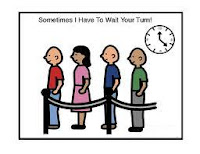Concrete Thinking in Children with Asperger's and HFA

Numerous case reports suggest that children with Asperger’s (AS) and High-Functioning Autism (HFA) think concretely instead of abstractly. For example, when these children hear the word “dog,” they may have a vivid, detailed image of their first pet dog, then the second pet dog, and so on. Conversely, neurotypical children (those not on the spectrum) are more likely to have an image of a generic or conceptual dog without much detailed imagery. Due to their concrete learning style, children on the autism spectrum tend to remember individual examples precisely without noticing common themes among examples. For instance, the child may store the details of specific animals he encounters together with labels (e.g., dogs, cats), but he may be poor at learning features that define dogs and cats (e.g., both dogs and cats are pets, furry, playful, etc.). On the other hand, neurotypical children learn from specific examples, and then “generalize” those examples to other areas (e.g., th
